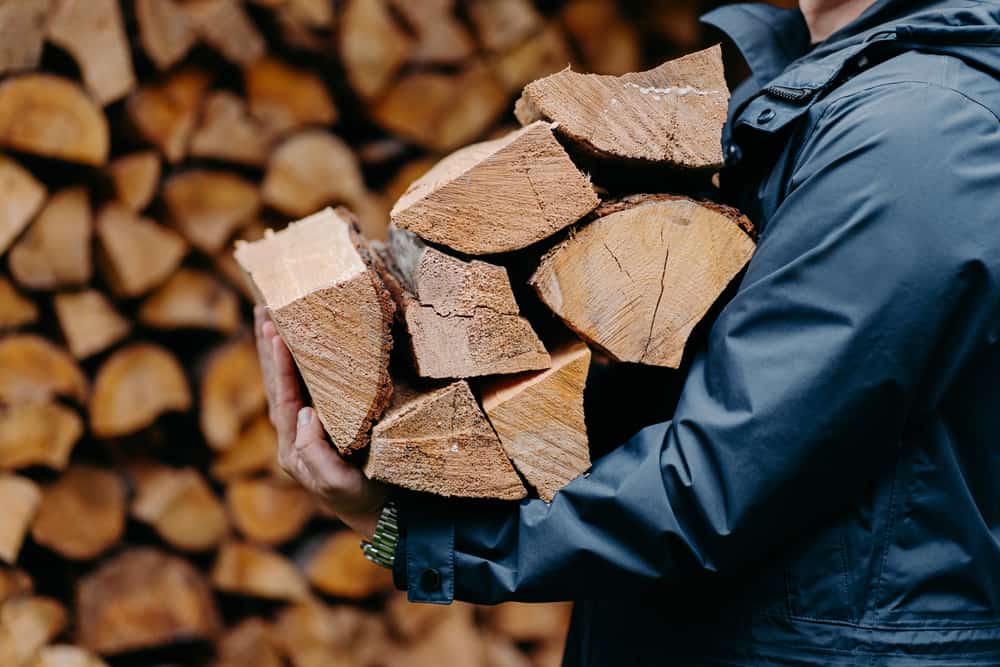
Looking for the right firewood supplier can feel like searching for a needle in a haystack. Finding the correct supplier for your requirements is key to keeping you warm and cosy throughout the winter months. To help you choose supplier we have compiled a list of what to consider when looking for a firewood supplier.
1) THE TYPE OF WOOD ON OFFER
Whilst more expensive to start off with, choosing dry over unseasoned logs will save you money in the long run. Unseasoned logs don’t tend to light very well, nor do they give as much heat out as dry logs. They also release a lot of smoke and creosote which can damage your wood burning appliance as well as increase the risk of chimney fires. Seasoned or Kiln-dried logs are the best options. You can find out the difference between seasoned and kiln-dried logs here.
Another thing to consider is whether the logs are hardwood or softwood. Hardwood logs have a much higher density than softwood logs and therefore will last longer than softwood.
2) THE SIZE OF LOGS
When choosing the size of logs for your fire, the length of log will ultimately be dependent on what length you can fit in your wood burner. However, it is always best to buy the longest logs possible as they will have a longer burn time than shorter logs.
We offer 8-9″, 12″ and 14″ logs. 8-9″ will fit 99% of log burners however, if they are still too big we also offer Victorian logs which are split thinner for Hobbit stoves and Victorian fireplaces.
3) READY TO BURN / WOODSURE
Ensure the firewood supplier you are considering is showing the ‘Ready to Burn’ logo (as below). Ready to Burn legislation is a relatively new law coming into effect in 2021. It requires anyone selling logs in volumes of less than 2m3 to be certified. The scheme is run by Woodsure, as appointed by DEFRA (Department for Environment, Food & Rural Affairs) and ensures log suppliers are selling dry logs and sustainably sourced timber. To find out more about the Ready to Burn legislation click here.
4) CHECK WHAT YOU ARE BEING QUOTED FOR
When getting quotes for logs it is important to make sure you know what you are being quoted for. This includes the size of the load, stacked volume or loose fill volume and whether it is being quoted by weight or volume of wood. You should always get quoted in volume when buying logs.
Understanding the quote is important as 1.2m3 loose filled will condense down to 0.6-0.7m3 when stacked and unseasoned logs will weigh more than dry logs.
5) REPUTATION OF THE COMPANY
Once narrowed down, check the reputation of the different suppliers. It is always good to start with recommendations from friends, family and neighbours and to check the companies reviews.
Like us, some companies offer smaller quantities of logs for collection from their yard which can be a good way to test the logs before committing to a larger delivery.
6) WHERE IS THE WOOD SOURCED FROM?
Most wood available to buy in Britain is from Europe. This wood will have a higher carbon footprint due to the increased transport. The wood should also be sourced from responsibly managed forestry.

